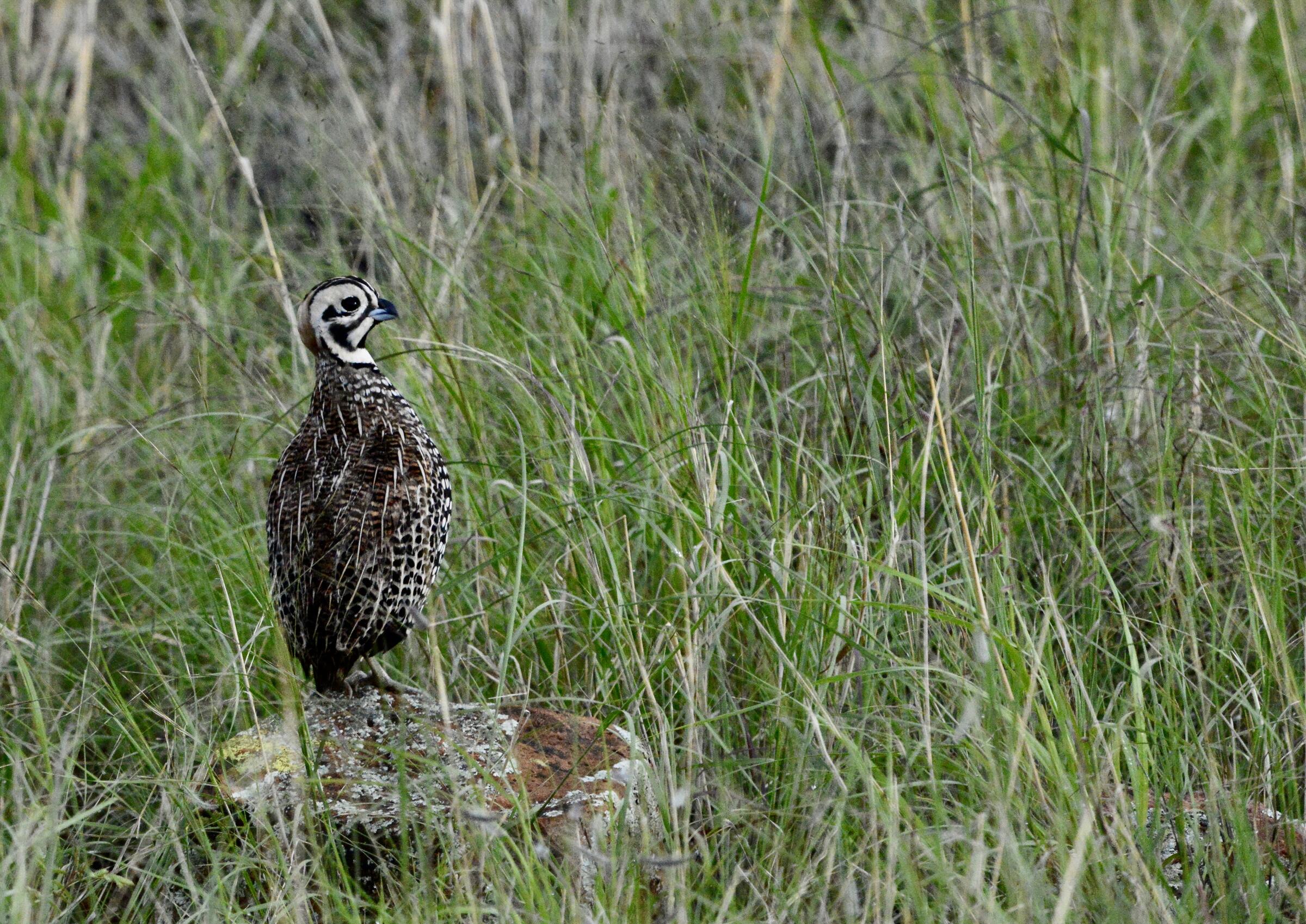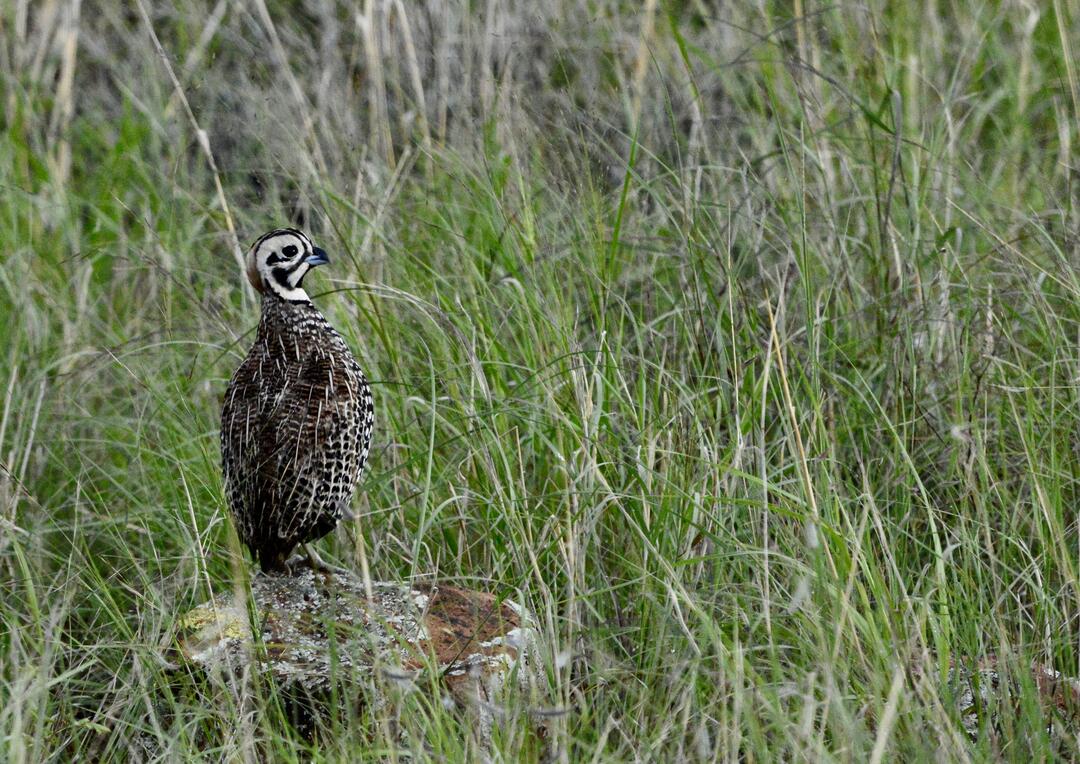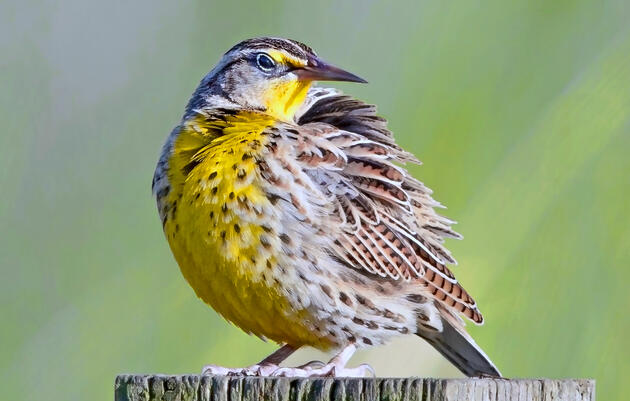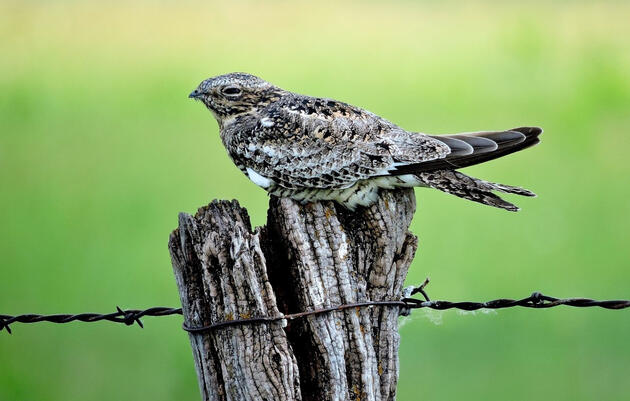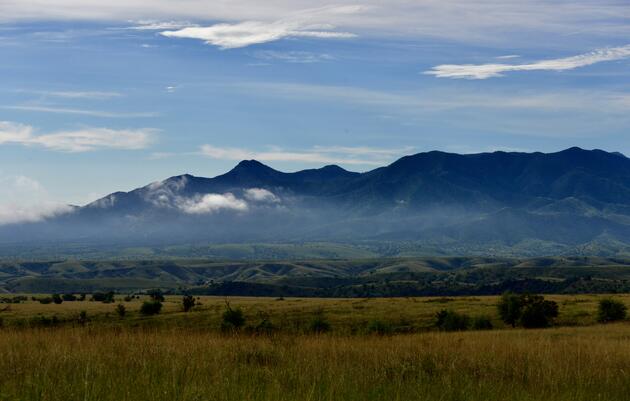On the Appleton-Whittell Research Ranch (AWRR), there are many uncertainties. Will you wake up to a rattlesnake on the patio? Will that dry lightning storm set the top of East Mesa ablaze? Will your research lead to the conclusions you expected, or will you be left with only more wonder? Despite it all, we can say one thing for certain - if you spend enough time wandering around the AWRR, you will, at some point, have the wits scared clear out of you by Montezuma Quail bursting upwards from the grass.
Primarily a Mexican species and found in the United States only in Arizona, New Mexico, and Texas, the Montezuma Quail (Cyrtonyx montezumae) is a highly sought after southwestern specialty. There’s no doubt that trying to lay your eyes on these birds is a fun journey. The quest will bring you to lush grasslands and oak woodlands where these chicken-like birds forage for acorns, seeds of native grasses, and the root nodules of ephemeral monsoon forbs like woodsorrel and nutsedge. It’ll leave you frustrated as they continue to elude you while taunting you persistently from the hillsides with their bottle rocket-like call. It will cut years from your life when they erupt from the grass on clamorous wings, nearly vertically and with many a cluck, mere inches from your feet. It will leave you laughing at your own obliviousness every time they flush from plain view before you had a chance to notice they were there.
When you do finally get a look, you’ll be even more impressed with their near superhero ability to remain unseen. Like all quail, they are a clumsy-looking and lumbering bunch that balance their portly physiques atop somewhat long and sturdy legs. They sport round heads, narrow necks, and blueish-gray bills with a slight downward curve. The male boasts a stunning clown-like black and white face, a chestnut crown, a deep brown back with tawny streaks, black sides with bold white spots, and a deep rufous breast. The female is more subdued and seemingly fit for her job of blending in, intricately painted in shades of brown and buff and with a much more subtle crown.
As monsoon breeders, Montezuma Quail are tied tightly to the once-predictable weather patterns of the Southwest and, as things change, it is unclear how they will respond. Increased aridity is making woodsorrel and nutsedge harder to come by, more violent and unpredictable winter storms are harming overwintering coveys, and the combination of changes is leading to a lack of Emory Oak recruitment, threatening to leave the quail without their favored acorns. So, for future birders, the opportunity to seek this regional specialty is not guaranteed.
However, there is again something we can say for certain - a future without Montezuma Quail is a future we can avoid. Here on the AWRR, our researchers past and present work hard to answer the questions that will be key to the conservation of this species and advocates across Audubon are taking action to help us avoid the worst potential impacts of a changing climate. We know these efforts will only result in more skipped heartbeats during startling quail encounters, but that’s a price we’re willing to pay.

